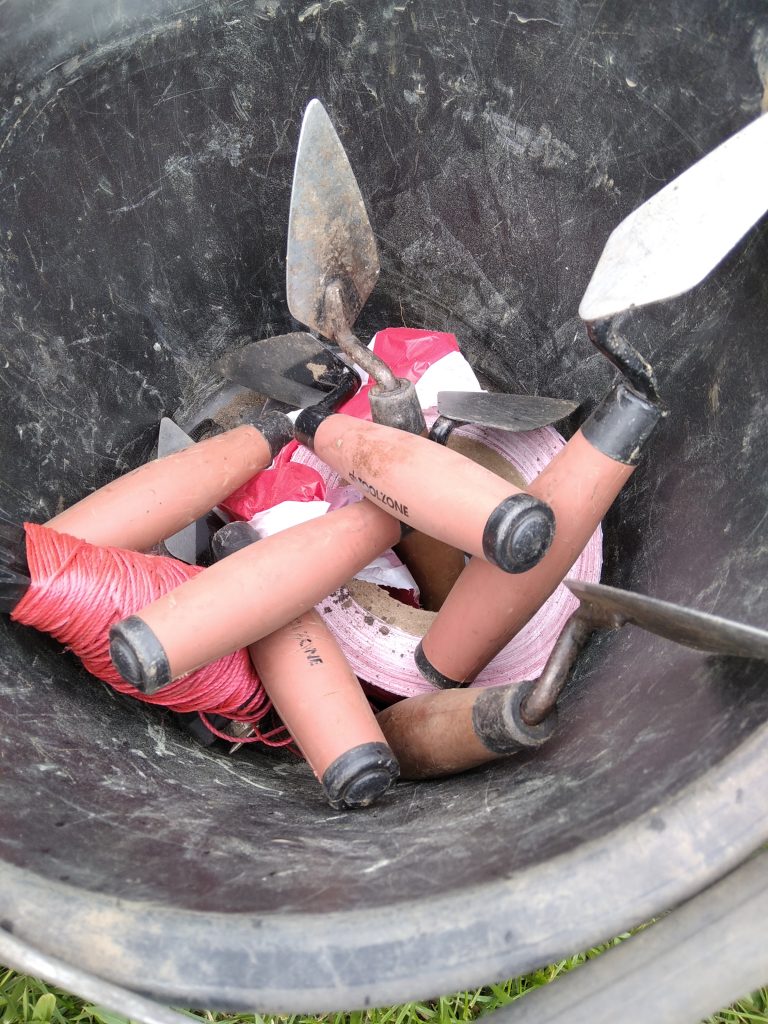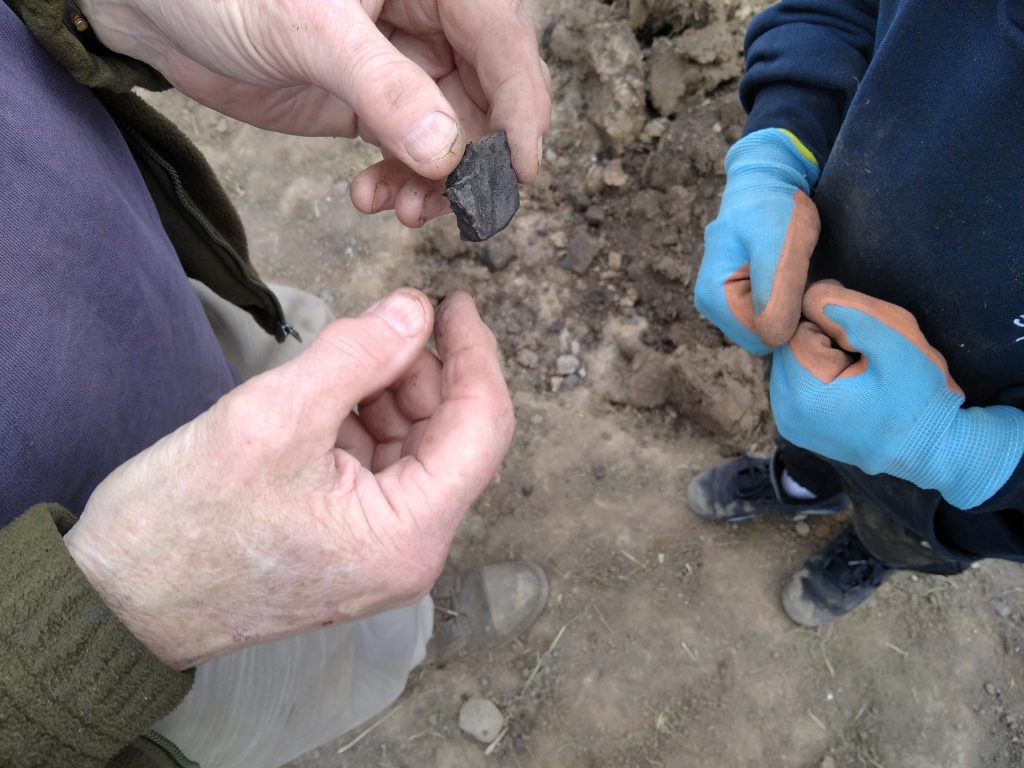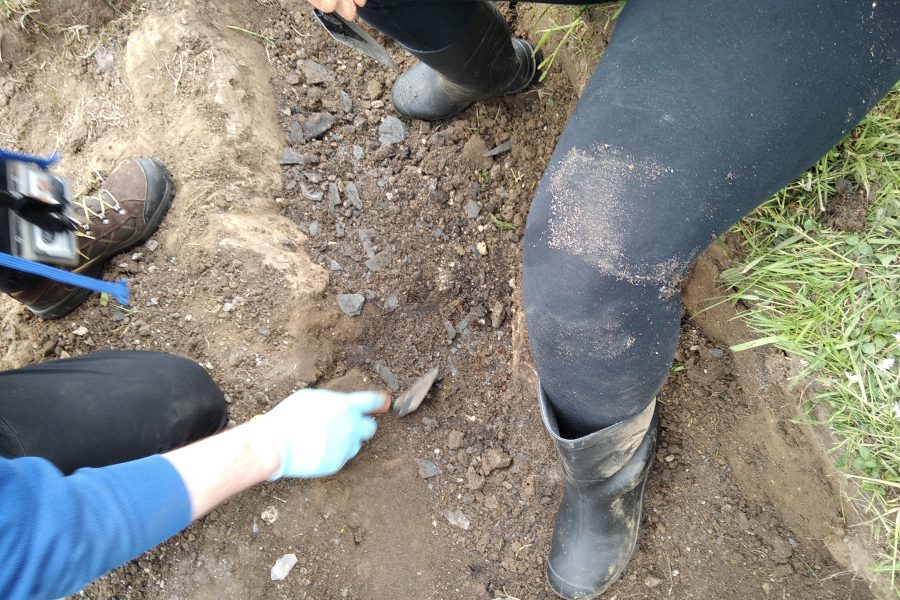The more time I spend being a writer the more sure I am that writing is an adventure, and recently I’ve got involved in a project that proves it. Cambois Hidden Depths is an arts project created by local arts companies November Club and The Tute, exploring the secret history of the village of Cambois (pronounced Cammus). Lots of different things are happening, and they will all come together in an event weekend at the end of September. Cambois Hidden Depths is made possible with The National Lottery Heritage Fund. Thanks to National Lottery players. Thanks are due also to Northumberland County Council and Arts Council England for their support.

I’ve loved Cambois for a long time; it’s a really special place. It’s got a beautiful beach and, like so many places round where I live, a proud history of coalmining. It’s hard to get to and it’s seen lots of change. It’s also the location of the ill-fated Britishvolt battery factory, so it’s been in the news lately, although it hasn’t been using its proper name!
I have been writing about Cambois for years – my middle-grade novel that was longlisted in the Northern Writers Awards a couple of years ago (and which is still looking for a publisher…) is set in Cambois and tells the story of three unlikely 10-year-old companions who time-travel to different bits of Cambois history, so I am really excited to have been invited to work on Cambois Hidden Depths.
The bit of the project I’m involved in began in May with an archaeological dig. Two local archaeologists, Barry Mead and Bob Jackson worked with local people and with the children of Cambois Primary School to excavate two trenches in front of the present-day Primary School. This was the site of a previous school, probably built in the 1860s when coalmining came to Cambois in a big way. I spent time with Barry and Bob and the children in Y5 and 6 on a blustery day in May. Everyone had a trowel and loads of enthusiasm, and basic training from Barry and Bob, and we found loads of things. We found roof tiles, bricks, glass, ceramics metal hinges, handles and something that might have been scissors, and even bits of bicycle tyre.

These things were exciting in themselves. We spend most of our lives not really noticing the things around us – can you remember much about the bowl you had your breakfast from this morning? But once you notice things, even after they’ve been broken and buried for years, they become fascinating. What was even more exciting, though, was to think about the people behind the objects – and doing some of that thinking with the children was my job.

We had a whole morning together, remembering the dig, looking at and touching the things we’d found and starting to imagine the people who made them, who used them, who broke or abandoned them. The children had so many ideas: builders building and then destroying the school when the new school was built; teachers; parents; pupils and ex-pupils. There were stories about passion, sadness, addiction, bullying, empire building and, of course, football.

Next, the children will be working with visual artists to create images of the characters they’ve imagined. I can’t wait to see what they come up with. The class is full of so many interesting people, such a variety of personalities and experiences – and writing styles. I hope that thinking about the people who came before them has helped them on their adventure towards who they are becoming.
